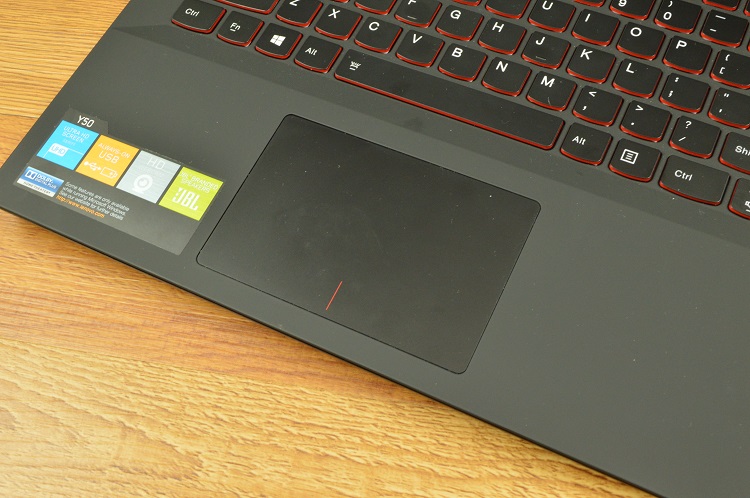

- #LENOVO ENERGY MANAGEMENT WINDOWS 10 IDEAPAD Y580 PROFESSIONAL#
- #LENOVO ENERGY MANAGEMENT WINDOWS 10 IDEAPAD Y580 SERIES#
Especially when compared to the similarly priced HP Envy 15 series, the Y580 could benefit from stiffer and hardier materials. The overall chassis is satisfying in appearance, but the feel and texture lean towards a plastic impression that is not quite representative of its high starting price. Perhaps the only area in need of most improvement is the touchpad itself as it can also feel quite thin and cheaply made. Even the center of the keyboard, which is usually a weak spot for most notebooks, has better-than-average resistance to pressure. The base of the notebook is moderately well-built and sturdy with no creaking or significant flexing. On the bright side, the hinges are relatively stiff (only minor amounts of vibration if not on a stable surface) and the lid shows no severe amount of edge-to-edge twisting. Compared to other notebooks we have tested, the stability of the outer lid is below average and we would recommend a carrying case or sleeve if the notebook is to be transported by backpack alongside other items. The outer lid in particular is very susceptible to pressure and feels very thin a slight depression can be observed even by putting a smartphone on top of the notebook. Be ready to face fingerprints and dust, however, as they will accumulate everywhere quite easily.ĭespite the upgrades in overall appearance, case quality is a mixed bag. The rest of the notebook is otherwise quite stylish from its chrome-lined touchpad, buttons, and JBL speakers. In other words, the plastic lining makes the Y580 look cheap relative to its one grand price tag. The inner bezel, for example, is mostly reflective plastic that seems a bit out of class compared to the more elegant brushed finishing of the lid and base. The chassis utilizes both aluminum and polycarbonate plastic, although the metal is used much more conservatively.

While thickness has remained unchanged at 35.7 mm, the sleeker dark gray outer lid and black palm rests now have a lustrous and silky brushed metal appearance instead of the more dull and plastic look of the predecessor.

With that in mind, the Y580 has an exterior more akin to a stationary DTR than a notebook that is meant to be constantly carried and transported around.Īppearance has been notably improved over last year’s Y570.
#LENOVO ENERGY MANAGEMENT WINDOWS 10 IDEAPAD Y580 PROFESSIONAL#
Make no mistake – opting for a consumer-oriented IdeaPad instead of a professional ThinkPad means sacrificing both case quality and durability of the latter for potentially better internal performance and consumer-centric features of the former. Nonetheless, users should be able to customize with higher-end i7-3xx0M CPUs and an mSATA drive for RST caching purposes. While this particular model starts at $1099, it’s worth noting that the base model includes the same CPU and GPU and even an equal amount of RAM for $200 less the only noteworthy differences are the 5400 RPM HDDs (500GB vs. In this review, we take a closer look at the 15.6-inch Y580-20994BU. Revealed at CES earlier this year, Lenovo promises a system with a Core i7-3610QM, 2GB GeForce GTX 660M GPU and 8 GB RAM for $899. Now that the Ivy Bridge and Kepler debuts are out of the way, it was only natural that the 2012 Y480/Y580 models would be armed with both of these latest offerings from Intel and Nvidia. The 2010 Y460/ Y560, for example, are powered by mid-tier Radeon GPUs (e.g., HD 5650, HD 6570M), while the 2011 Y470/ Y570 models made the switch to GeForce cards with the 550M/ 555M. In recent years, the Y models have always included moderately high-end Intel CPU and GPU options at the time of their respective launches.
#LENOVO ENERGY MANAGEMENT WINDOWS 10 IDEAPAD Y580 SERIES#
The IdeaPad Y Series offers some of the best performance for the price as far as Lenovo is concerned.


 0 kommentar(er)
0 kommentar(er)
